5 Things You Should Know About the Mitsubishi Outlander PHEV

One hundred thousand. That’s an impressive figure no matter what it’s counting. Imagine what you could do with 100,000 anythings; dollars, Twitter followers, gigabytes of data, friends, whatever it is, having 100,000 of them is pretty significant.
When it comes to plug-in electric vehicles, the automakers that have topped the 100,000 units sold mark can be counted on one hand. While you may know all about the Nissan Leaf, Chevrolet Volt, and Tesla Model S because you can see them silently gliding around roads in North America, but the other car that has cracked that milestone hasn’t even hit the U.S. yet.
The Mitsubishi Outlander PHEV is a compact crossover that’s been on sale in other markets for a few years now. Here in North America, we can get the Outlander with a V6 or four-cylinder engine, but the folks around the world get their Outlander with a taste of electric power. It might not be the first car you think about when you think plug-in hybrids, but that doesn’t mean it’s a dud.
We had the chance to drive the Mitsubishi Outlander PHEV briefly at the automaker’s testing facility in Japan. We learned a lot about the crossover and that the automaker is promising that it will hit our market when the time is right. Here’s what you’re in for.
Unique Powertrain
Most car buyers in North America have very moderate expectations of the Outlander. It’s not seen as the top car in its segment, but it’s also not the worst one either. It just does very little to stand out.
While the PHEV is visually the same crossover we know, underneath all that bodywork is a very unique vehicle. It starts with the engine, which is a 2.0-liter four-cylinder instead of the familiar 2.4-liter four-pot or 3.0-liter V6 that’s usually found under the hood. The hybrid’s engine makes just around 120 hp and 140 lb-ft of torque, but there are also two electric motors to help with propulsion. A motor is found at each axle, helping this car feel nothing like its conventional gasoline-powered siblings.
It Drives Really Well
The Mitsubishi Outlander PHEV feels very smooth when pressed rationally and urgent if you bury your right foot. All three power sources (the engine and two electric motors) join forces when you need maximum performance, but then when all that juice isn’t necessary, the conventional motor steps aside and lets the electric motors run the show. What was noticeable about driving the PHEV is that the gasoline engine doesn’t kick in too early, and comes in just when you really think you need it. Since it’s likely that drivers of the PHEV are looking to save as much fuel as possible, this makes a lot of sense.
Buttons on the center console allow for different dynamics for the powertrain, letting you decide when the gas motor kicks in, or whether it will be used to recharge the batteries.
In terms of how it feels on the road, the Outlander PHEV had no issues reaching and maintaining highway speeds based on a quick test lap around Mitsubishi’s impressive test facility. Operation was just as easy and comfortable as the non-hybrid Outlander.
Clean Cabin
The Outlander features a fairly clean and somewhat premium cabin. One of the Outlander’s biggest draws is the available third row, but that isn’t offered on the PHEV since the batteries are fitted under the trunk. We had no issues sitting in any of the front or rear of the vehicle and the one significant difference is how much quieter the cabin is, mostly due to the gas engine shutting off.
Also the gear selector is slightly different from what you may be used to, with what looks like an electronic gear lever that puts the transmission into reverse, neutral, drive or enables regenerative braking. Putting the car into park is done by pressing a button.
Smart Charging and Range
The Mitsubishi Outlander PHEV is expected to get just more than about 30 miles or 50 kilometers on a single charge, which isn’t too bad for a plug-in hybrid, but still a little more than half of what the Chevrolet Volt offers. Its 9.8 kWh battery is recharged in five hours using a standard plug. Using a level 2 charger will cut that time to about three hours, while a level 3, CHAdeMO station will charge the battery to 80 percent in just 25 minutes.
Once the battery dies though you shouldn’t worry, it acts like a normal hybrid after that.
Is it Worth the Hype?
The Mitsubishi Outlander PHEV is a very niche vehicle that’s gaining a lot of attention in global markets. Why? Incentives play a big role. Buyers of these cars enjoy significant rebates and tax rates and are saving a ton of money at the pumps, too. Here in North America, Mitsubishi is waiting for the right time to launch this vehicle. Gas prices are dropping and there may not be a lot of interest in an EV. Then again, crossovers are a huge hit with buyers, and the combination of plug-in and crossover can be a gold mine. We’ll just have to wait and see what Mitsubishi does next.

Sami has an unquenchable thirst for car knowledge and has been at AutoGuide for the past six years. He has a degree in journalism and media studies from the University of Guelph-Humber in Toronto and has won multiple journalism awards from the Automotive Journalist Association of Canada. Sami is also on the jury for the World Car Awards.
More by Sami Haj-Assaad



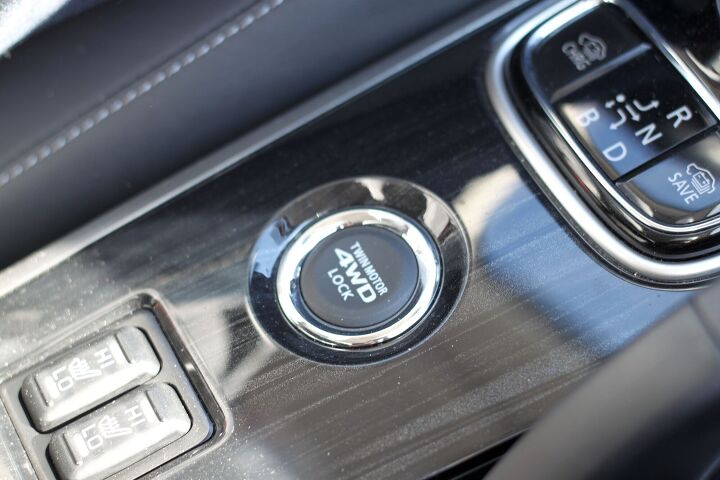
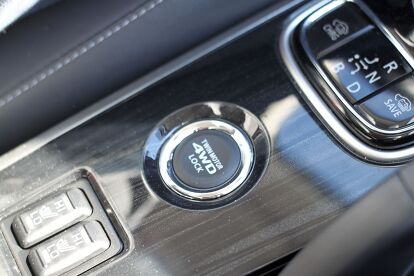





































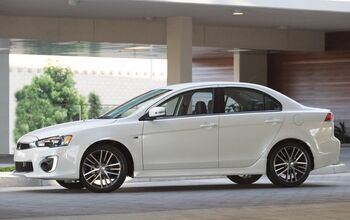

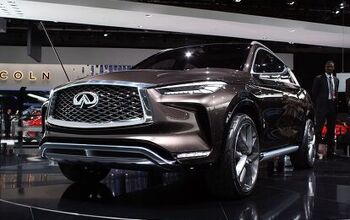
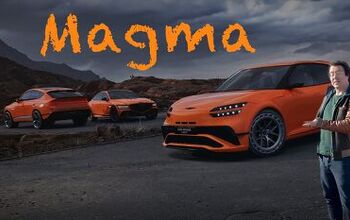
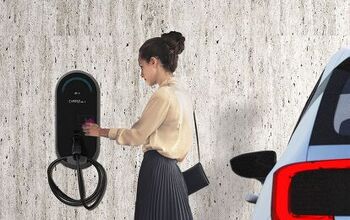
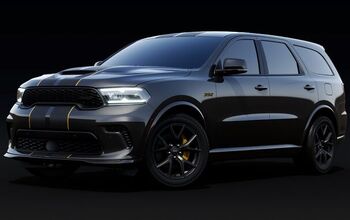

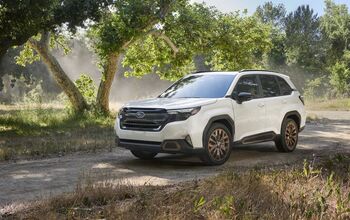
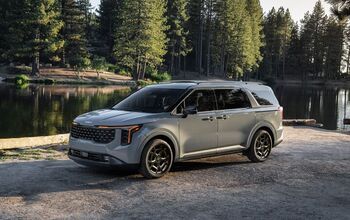




Comments
Join the conversation
I have a 2012 Outlander with v6 that I'm very happy with for road trips pulling a trailer through the mountains. Very curious to see how the PHEV would stand up to this as the electric range is perfect for my daily city drive.